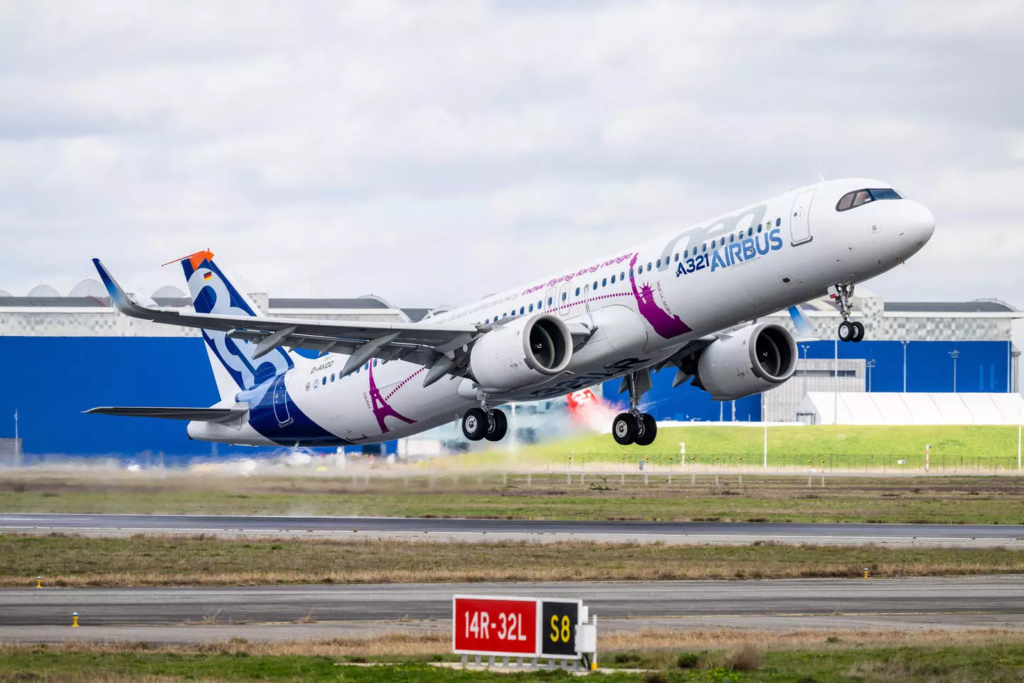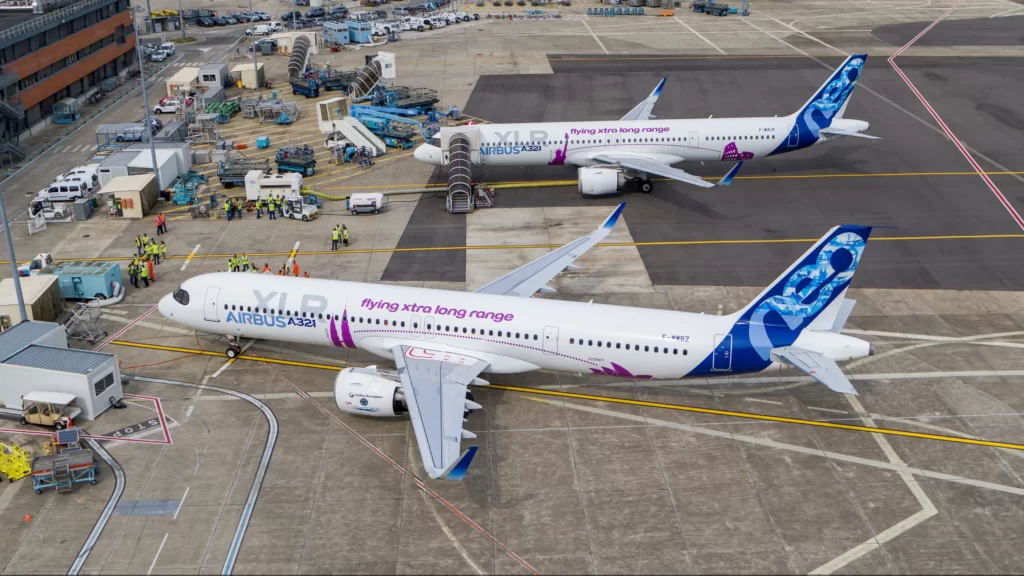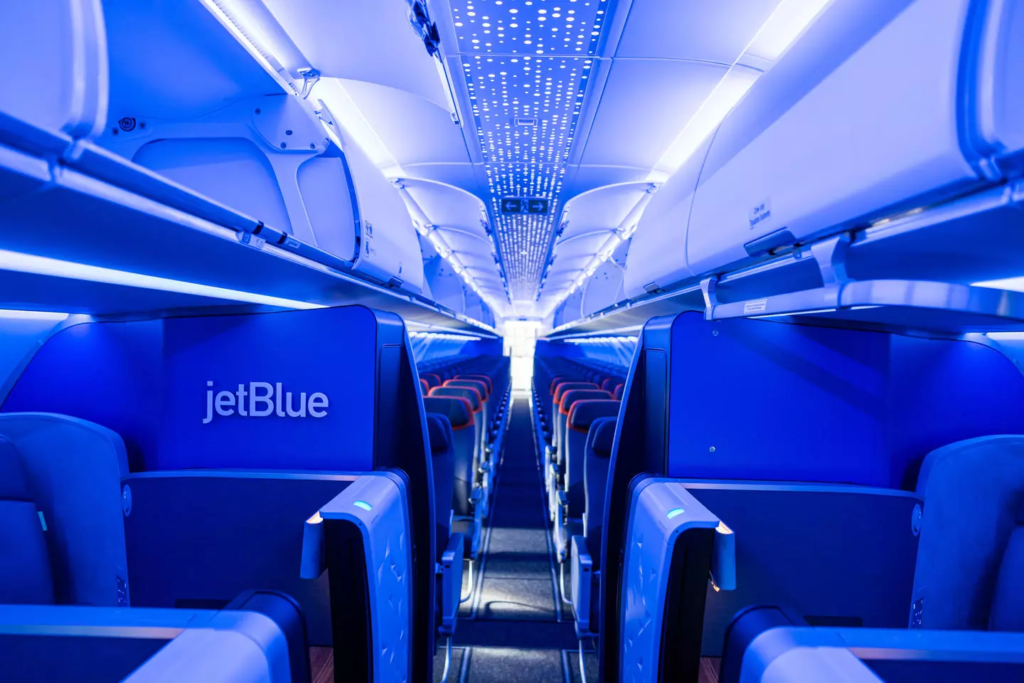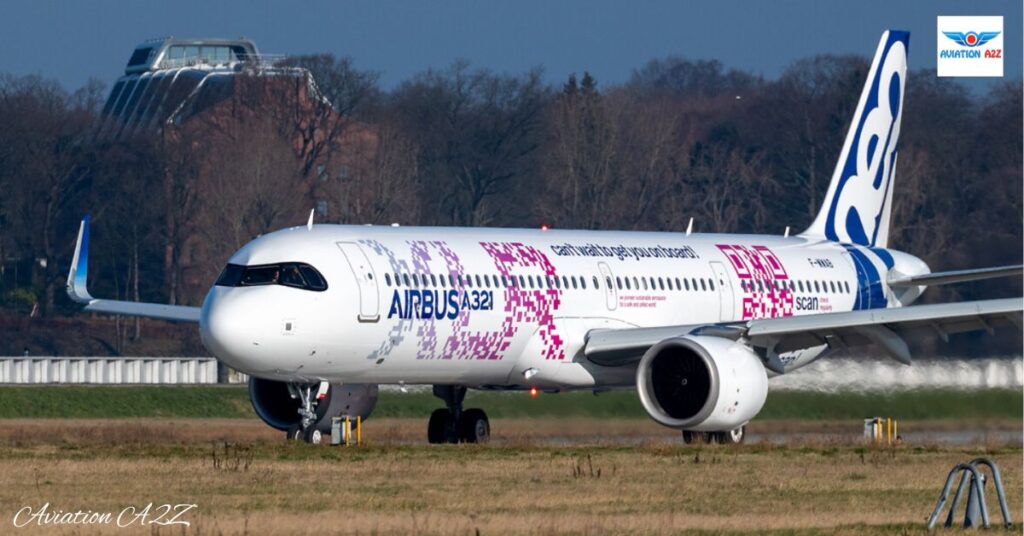TOULOUSE- As the Airbus A321XLR begins its route-proving campaign in September, Airbus marketing specialist Ludek Jando discusses the aircraft’s distinctive characteristics. What adaptations are required to enable a single-aisle plane to operate on routes lasting up to 11 hours?
This campaign is crucial to Airbus’ certification efforts and aims to contribute to the expected EASA-type Type Certification for the new variant in 2024.

Gamechanger: Airbus A321XLR

What are the key factors that make the A321XLR appealing to airlines?
The A321XLR, which stands for Xtra-Long-Range, is a game-changer in the world of single-aisle aircraft. It represents the latest advancement in the ongoing development of the A320 Family program.
What sets the A321XLR apart is its ability to integrate with an airline’s fleet of widebody aircraft seamlessly. This aircraft offers airlines the flexibility to increase their capacity, open new routes, or maintain service on existing routes, even when passenger demand varies.
Importantly, it achieves all of this while consuming 30% less fuel per seat compared to previous-generation competitors and at approximately half the trip cost of modern widebody planes.
The A321XLR’s remarkable adaptability has made it a favorite among airlines, with over 550 orders already placed by more than 25 customers. In essence, this aircraft serves as a valuable extension of an airline’s route network.
Additionally, thanks to the standard Airspace cabin, it can be configured to strike the right balance between passenger comfort and seating density, catering to the specific needs of each airline.

What sets the A321XLR apart from the classical A321neo?
To begin with, it’s essential to note that the A321XLR is a part of the A320 Family, just like any other A321 variant. This shared lineage simplifies matters for airlines already operating A321 aircraft, making tasks such as managing spare parts and crew scheduling more straightforward.
Structurally, the primary addition to the A321XLR is the rear center tank, which boasts a fuel capacity of 12,900 liters. When combined with an optional additional center tank, this new configuration extends the A321XLR’s maximum range to an impressive 4,700 nautical miles or 11 hours of continuous flight.
To fully leverage this increased fuel capacity, the A321XLR’s maximum takeoff weight has been raised compared to the A321LR (Long Range), coming in at 101 tonnes instead of 97 tonnes.
Furthermore, we’ve reinforced both the main and nose landing gear, ensuring the aircraft can handle the demands of extended flights. Additionally, the A321XLR’s water-carrying capacity has been increased to accommodate the needs of these longer journeys.

What’s the market’s perception of long-haul travel using single-aisle aircraft?
At the forefront of this perception is the recognition that even established city pairs like London-Miami or Sydney-Kuala Lumpur can greatly benefit from the year-round advantages offered by the A321XLR to airlines.
In fact, we’ve already received highly positive feedback from A321LR customers. An excellent example was the jetBlue A321LR showcased at this year’s Paris Air Show, which left a strong impression on the public due to its exceptional comfort in both business and economy class.
Our customers consistently share how passengers are pleasantly surprised by the roominess and comfort of the aircraft, particularly thanks to features like generous seat pitch and the Airspace cabin enhancements, including mood lighting and spacious XL bins.
In my view, the future of long-haul travel is leaning towards single-aisle aircraft.
Additionally, as a component of the certification campaign, we are planning to have more than 200 enthusiastic Airbus employees who have actively contributed to the program aboard our comprehensive cabin test aircraft in early October.
Their primary role will be to offer valuable early insights into every facet of the passenger experience onboard the A321XLR. We are excited to hear their feedback and insights, so stay tuned for updates!
Stay tuned with us. Further, follow us on social media for the latest updates.
Join us on Telegram Group for the Latest Aviation Updates. Subsequently, follow us on Google News.

